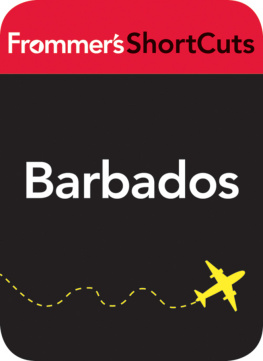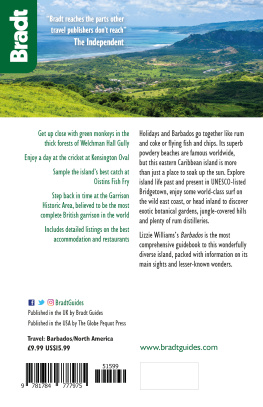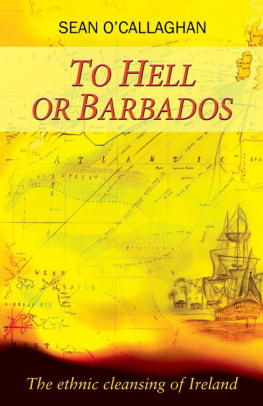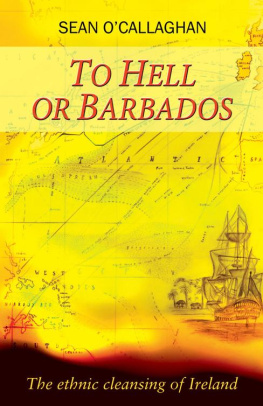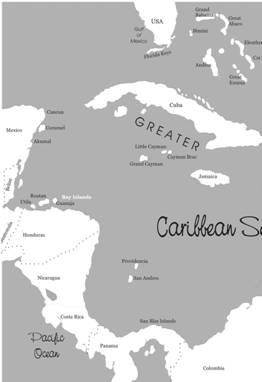
Published in 2019 by Cavendish Square Publishing, LLC
243 5th Avenue, Suite 136, New York, NY 10016
Copyright 2019 by Cavendish Square Publishing, LLC
Third Edition
No part of this publication may be reproduced, stored in a retrieval system, or transmitted in any form or by any meanselectronic, mechanical, photocopying, recording, or otherwisewithout the prior permission of the copyright owner. Request for permission should be addressed to Permissions, Cavendish Square Publishing, 243 5th Avenue, Suite 136, New York, NY 10016. Tel (877) 980-4450; fax (877) 980-4454.
Website: cavendishsq.com
This publication represents the opinions and views of the author based on his or her personal experience, knowledge, and research. The information in this book serves as a general guide only. The author and publisher have used their best efforts in preparing this book and disclaim liability rising directly or indirectly from the use and application of this book.
All websites were available and accurate when this book was sent to press.
Library of Congress Cataloging-in-Publication Data
Names: Elias, Marie Louise, author. | Elias, Josie, author. | Bryan, Bethany, author.
Title: Barbados / Marie Louise Elias, Josie Elias, and Bethany Bryan.
Description: New York : Cavendish Square, 2020. | Series: Cultures of the world |
Previous edition published in 2000. | Includes bibliographical references and index.
Identifiers: LCCN 2018043904 (print) | LCCN 2018045072 (ebook) |
ISBN 9781502647313 (ebook) | ISBN 9781502647306 (library bound)
Subjects: LCSH: Barbados--Juvenile literature.
Classification: LCC F2041 (ebook) | LCC F2041 .E45 2020 (print) | DDC 972.981--dc23
LC record available at https://lccn.loc.gov/2018043904
Editorial Director: David McNamara
Editor: Kristen Susienka
Copy Editor: Nathan Heidelberger
Associate Art Director: Alan Sliwinski
Designer: Jessica Nevins
Production Coordinator: Karol Szymczuk
Photo Research: J8 Media
The photographs in this book are used by permission and through the courtesy of: : Cover Bob Thomas/The Image Bank/Getty Images; p..
Printed in the United States of America


B ARBADOS IS A SMALL ISLAND IN THE CARIBBEAN, AROUND 166 square miles (430 square kilometers) in size, formed less than one million years ago when the Caribbean tectonic plate slid over the top of the South American plate, scraping away at its surface and leaving behind an enormous pile of sediment. Coral began to develop over the top of this pile over centuries, building up and up until it formed an island. Barbados is relatively small in size, only around 21 miles (34 kilometers) from north to south and 14 miles (23 km) from east to west. However, despite its small size, today Barbados boasts a population of around 292,000 people and a nature of perseverance that has taken the island from being one of the top sugarcane producers in the world to a hub of tourism and manufacturing.
THE ISLAND TODAY
Barbados was once covered with tropical rain forest, home to a number of animal and plant species, including the green monkey and the bearded fig tree, for which the country is named. Los barbados is Portuguese for bearded ones. The sugarcane industry took its toll, however, and by 1665 much of the forest was wiped out. Today, only a small patch of forest remains, and Barbados struggles with some of the ill effects of deforestation, like erosion and a reduction in natural plant and animal life. Tourism in Barbados is dependent on the beach areas for development of hotels and other attractions. But beaches in particular are affected by erosion, as natural beach sand washes away, leaving only craggy rocks behind. The biggest threat to Barbadoss natural beauty and ecological well-being, however, is damage and destruction of the coral reefs due to pollution and sewage runoff. Work is being done to ensure the islands preservation, and to restore and maintain wildlife for many generations to come.

Today, Barbadian farmers still harvest sugarcane, but not as much as was once harvested.
ECONOMIC EVOLUTION
From its early origins as the home of the Arawak and Carib people, Barbados has had a vast, often controversial and complicated history. The island was settled by Britain in 1627 and grew to be a top producer of sugarcane. Land was divided into sugar plantations where African slaves performed the intensive labor required to produce sugar and rum, cotton, and tobacco. Then, in 1834, slavery was abolished in all British territories. Without slave labor, the cost of producing sugar went up, and the sugar industry slowly began to decline. Today, some farmers still grow and produce sugar, although production continues to decrease each year. In 2016, Barbados produced only 91,899 tons (83,369 metric tons) of sugar; only ten years prior, this number was 383,935 tons (348,300 metric tons). Over the past century, as the sugar industry has slipped into history, tourism, services, and manufacturing have moved to the forefront of Barbadoss economy.
Barbadoss economy is in a precarious situation today, however. It never recovered from the global financial crisis of 2009, which sent the government deeply into debt as it worked to maintain the countrys infrastructure and state-run businesses like the Barbados National Oil Company. The tourism industry has also taken a hit from travelers worried about hurricanes and from the influx of sargassum seaweed, which has recently begun to cause damage to beaches and kill sea life. With the most important industry in Barbados floundering, this makes it difficult to turn the economy around. With one of the highest debt-to-GDP ratios in the world, Barbados has a long way to go to economic recovery.
TODAYS BARBADIANS
Despite current economic hardships, the people of Barbados have persevered for centuries, often leading the way when it comes to progress. Slave uprisings in Barbados during the seventeenth century set the stage for later slave rebellions in the United States. After slaves were emancipated in Barbados, it took another thirty years before the United States would follow. The independence movement of the twentieth century carried Barbadians out of the colonial rule they had lived under for centuries and into a period where they had some say in choosing leadership for their country. Today, Barbados is ruled by a democratic parliament, with Queen Elizabeth II of England as the head of state. Many Barbadians support this type of government, while others would prefer complete independence.

Crop Over is attended by people from all over the world, eager to see the colorful costumes and enjoy some Bajan culture.
Barbadiansor Bajans (Bay-jans), as they refer to themselvestoday are fiercely unique. Its a point of pride to call yourself a Bajan, even after youve moved away from the island where you were born and raised. Barbadians are deeply religious and spiritual, the majority adopting their beliefs from the British. Britain continues to influence Barbadian language, food, art, sports, and architecture too. Barbadians enjoy cricket, a sport that originated in Britain, and they drive on the left-hand side of the road. However, Barbadians are also proud of their West African heritage and celebrate this through dance, storytelling, food, and other means. British and West African influences have melded in Barbados, creating a culture not found anywhere else in the Caribbeanor the world.







